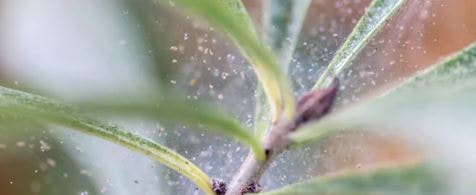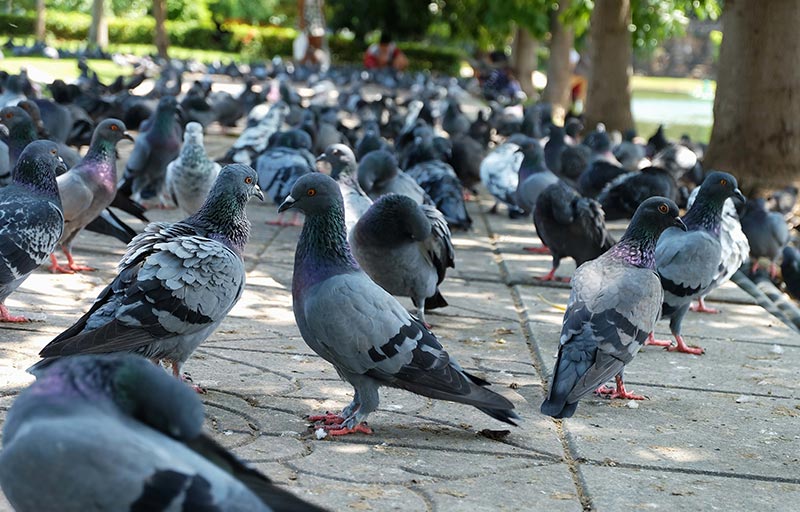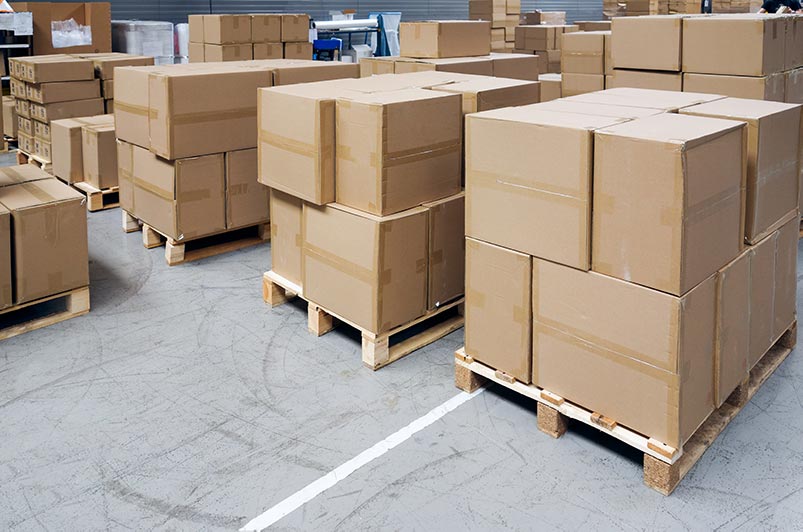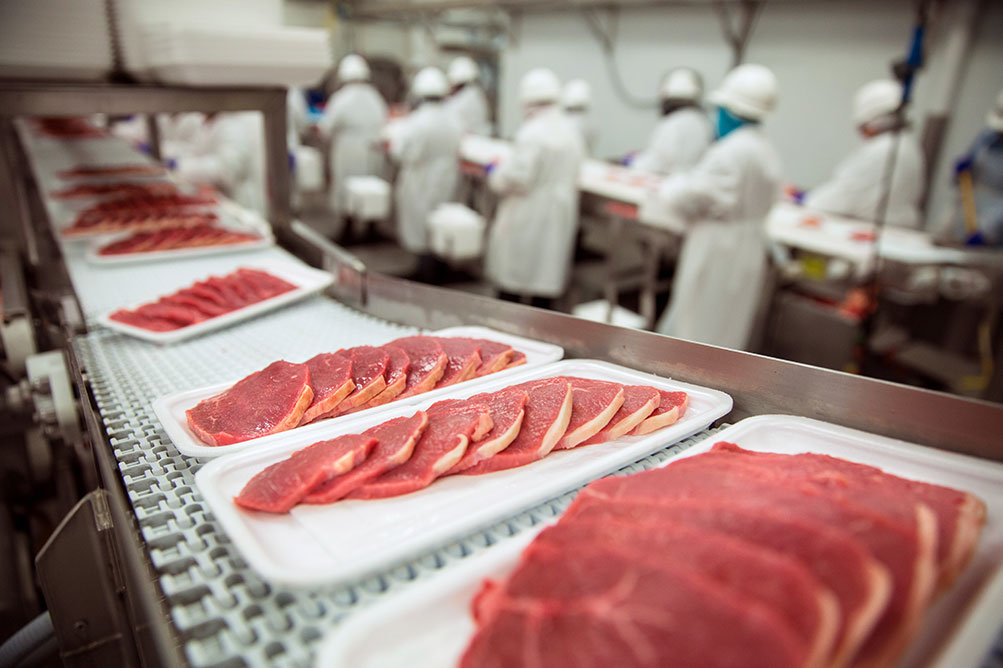|
Pest control is a service used by a wide variety of people. A variety of pesticides including fungi are used to help stop pests, but how do they work? Fungi in PesticidesThe primary group of fungi used to control pesticides is called hyphomycetes. Some hyphomycetes have the ability to be mass-produced. The large production process makes it possible for pesticides to be used in several ways. You chose to can use pesticides on larger or smaller scales due to the product's commercialized availability. Fungi in the group Hyphomycetes usually reproduce rapidly when conditions are favorable. They can be found in soil and can infect many types of pests. Certain fungal strains in pesticides can attack aphids, caterpillars, grasshoppers, ants, weevils, and more. Other types of fungi used as pesticides may be harder to produce and use for commercial purposes which may lead to higher prices to treat your landscape. Pros and Cons of Fungal PesticidesThere are several advantages to using fungi-based pest control products. As mentioned previously, some fungal pesticides can be made in massive amounts fairly easily. They also have similar prices to bacterial pesticides. Additionally, some fungal pesticides usually do not harm humans or animals. Predominately, spray rigs are used to apply fungal pesticides because they usually are produced in the form of spores. These types of pesticides can also affect several types of pests with the same products. While there are advantages, there are also disadvantages. Since fungi can eliminate a plethora of insects, it could also mean that they could potentially harm insects that help your landscape. There are also factors like sunlight that can limit the effectiveness of the product that you are using. When and Where to Apply Pesticides
0 Comments
Facilities management requires many responsibilities, one of which is maintaining a safe working environment. A common threat commercial properties face is infestations. This is not only bothersome but also unhealthy. Top-notch pest control services detect, prevent and remove any unwanted critters from the property. 1. Rats Rodents are the last thing workers want to see in a building. Many people fear them, and for good reason. These rodents spread illnesses such as rat bite fever, Weil’s disease and salmonellosis. Signs of a rat infestation include the following:
It doesn’t take much for rats to survive. They can live on 15 to 60 millimeters of water and 15 to 30 grams of food a day. 2. Birds Birds, and pigeons in particular, are common pest control problems for commercial properties. They live on rooftops, ledges and surrounding locations. They also prefer nesting in drains and alcoves, increasing the chance of experiencing blockages in these areas. This is an added nuisance when it comes to facilities management. There’s a public health factor as well. Aside from creating building-related complications, birds pose a hazard to human beings. Harmful microorganisms are present in their nests, feathers and fecal matter. Their droppings can lead to ailments such as cryptococcosis, psittacosis or avian influenza. 3. Cockroaches Cockroaches hide in places where there is warmth, shelter, moisture and food. Common infestations occur in or around boiler rooms, storerooms, toilets and kitchens. This is especially true if the premises suffer from poor sanitation. These bugs feed off dead or decaying matter. Because of this, they can spread a number of maladies:
For the well-being of building occupants, keep all food products protected and stored. This must be an integral part of facilities management. 4. House Flies House flies are known to gravitate toward filth and feces. Tons of flies around a business is not a good look. Their presence has a negative impact your client’s reputation and bottom line. Controlling these insects requires exceptional sanitation and food hygiene practices. Additionally, they are a health risk. Flies carry disease-causing organisms. If they enter a food source that’s left open, this can result in contamination, so anyone who consumes these products faces potential illnesses. 5. Mice Mice are rodents like rats. They leave grease marks, footprints, urine pillar and droppings. They also make scratching sounds and squeaking noises. Additionally, it doesn’t take much for them to survive. These pesky creatures nibble on roughly 0.15 grams of food a day. Mice have poor eyesight, so they maneuver by relying on their keen sense of touch, hearing and smell. Controlling these pests requires that facilities management pay attention to cafes, canteens and kitchens. These are the primary spots where the rodents congregate. 6. Mosquitoes Do you have a client located in an area with a high density of mosquitoes? If so, it’s crucial that you have solutions in place. These insects carry deadly diseases and spread them to humans. These conditions include malaria, chikungunya and dengue fever. It's recommended that facilities management staff take notice of standing water. Pools and puddles are breeding spots for mosquito larvae. It only takes six to 10 days for a mosquito egg to grow into an adult. Addressing the water problem helps protect employees. 7. Bed bugs In recent years, bed bugs have made major headlines. There has been a significant increase in their infestation around the globe. In a 2015 Bugs Without Borders survey, 99.6 percent of U.S. pest control professionals stated they have treated bed bugs. These bugs survive off the blood of a host, causing itchy insect bites. They often show up on commercial properties where people sleep. They are most commonly found on the following types of properties:
The tiny bugs are 4 to 5 millimeters in length. They are distinguished by a reddish brown color with a flat or long body structure. The nymphs are smaller and lighter in color. Because of their size, it’s easy for these insects to gain entrance onto the premises. Entry points include antique furniture, external contractors, laundry services, luggage and clothing. 8. Fleas Fleas are often associated with cats, dogs and other domestic pets. However, if the building you’re managing has birds, mice or rats, chances are fleas are on the property. The parasites often attach themselves to these other pests. Those working in facilities management may have a hard time spotting these minuscule insects. This is often the case for buildings with rough surfaces. Fleas blend into these environments due to their physical characteristics, especially their tiny size. The flea itself has a reddish-brown hue and measures roughly 2 millimeters in length. Their eggs have a long, oval structure and measure about 0.5 millimeters. Flea bites aren’t painful, but the side effects can range from mild to severe. At the least, the person bitten can expect to experience itchiness, a rash or eczema. Bites can also result in more serious ailments:
9. Ants Generally, ants don’t pose an obvious health threat. With that said, they are a troublesome for any facilities management company. They can also hurt a business’s reputation if they become an obvious nuisance. Ants thrive on water and food waste. Ant prevention requires that you maintain a sanitized and hygienic environment. They are often sighted on the following property types:
Overlooking ants is easy. There are size variations among the species. On average, they are 1.5 to 6 millimeters long. When clustered together, their nests are often mistaken for soil or dirt. Additionally, certain species prefer nesting in quiet areas such as walls. This helps them go unnoticed. 10. Stored-Product Insects
There are a group of insects that prefer rummaging inside stored food items, posing a contamination threat. SPIs are often found in fruits, nuts and flour. They include moths, weevils, beetles and some mites. In the case of mites in particular, it’s difficult to see them. Like ticks, they are microscopic in size. Facilities management plays a pivotal role in keeping commercial properties pest-free. You can prevent many infestations with proper hygienic and sanitation practices. For more support, hire a reputable pest control supplier. This can be the best long-term solution for controlling the worst pest problems. Few places are as sensitive to sanitation quality as food processing and storage plants. Food safety impacts the population at every scale, and for major facilities the importance is only greater still. Effective industrial pest control is critical to ensuring products are high quality and free of infectious organisms and harmful substances. There is no one single aspect to proper New Orleans pest control, though. An effective strategy should integrate multiple processes and resources, including strict tolerances on the equipment used, the latest in pest control technology and trained technicians able to implement informed and innovative solutions following proper documentation Common Threats in Pest Control
The issues that pests present in food processing cannot be overstated, ranging from hygiene and economic problems to regulatory concerns at a facility and company level. Pests can carry disease-causing bacteria, viruses and parasites and introduce contaminants to ingredients and products in various forms such as droppings, shed fur and feathers, and other remains. Various insects such as cockroaches, beetles and flies, as well as rodents and birds, can act as pests within the facility. Stored product insects (SPIs) are a broad class of insects and mites that may infest food in storage, entering anywhere along the production line from the farm to the grocery store. This category of infestation is often the most damaging to food processing companies. The bugs' presence is evident from leavings like larvae, pupae and body parts in or around packaging and machinery. SPIs may consume small amounts of stored food, but the majority of damage comes from contamination. These risks increase the longer food is stored, and many dried foods are susceptible. Particular live insects such as flies and cockroaches present separate, unique concerns due to their rapid proliferation within a single site. Rats and mice may also nest within or near facilities, close to available food stores, and a rodent population can swiftly grow once established. Not only do they present the same risks of product contamination as SPIs, but they also can spread various diseases and cause damage to machinery and fixtures in the building. Birds, most commonly pigeons, also act as disease carriers and produce significant waste products from droppings to feathers and nesting materials. All of these various pests require different forms of prevention and removal to be implemented by a New Orleans pest control company. Multi-Step Management Pest control is never a one-and-done situation. Infestation is a continuous risk from multiple species, with various factors allowing access or increasing likelihood of pests moving in, and removal is rarely a simple operation itself. Even when not actively dealing with a specific infestation, industrial pest control requires readiness at all times. A fully integrated pest control solution consists of multiple phases, whether sequential or concurrent:
The Professional Touch Even with advanced sensors, traps, bait and other tools, there is simply no replacing professional technicians in pest control. Technology does solely what it is designed to do; trained human workers are able to learn from experience, adapt to new situations and continue honing their skills. Combining the two allows for the best of both to be utilized: automation and swift detection backed by keen analysis and the potential for adaptive, creative solutions. The breadth of technicians and their pooled expertise is especially valuable in that they can bring multiple perspectives, catching ideas that others may have missed thorough coverage of large facilities and prior experiences that lend insight into current scenarios. The tools and techniques employed for pest control should display a similar breadth of utility as well. The days of simply relying on fumigation or pesticides are over; it's now understood that many such chemicals introduce their own health problems and some populations of pests can develop resistance to chemical attacks. Various traps and deterrents exist that don’t employ chemicals at all and offer improved coverage against resistant pests. Some forms of pest control don’t even involve traps or pesticides in the first place. Preemptive practices such as proper sanitation, monitoring and enclosure of access points go a long way to prevent infestation and skip the extermination processes. To fully secure your processing plant or storage facility, your task begins with a thorough understanding of risks and a strong prevention and management plan, enacted by well-equipped industrial pest control experts. This means safer products, safer work environments and less trouble from regulations. |
AuthorI really enjoy researching and writing about pests. The more we know about bugs, the easier it becomes to control them. Categories
All
Archives
February 2024
|
|
© 2021 Bug Ninja Pest Control.
All rights reserved. |
Services |
Contact |
|







 RSS Feed
RSS Feed

